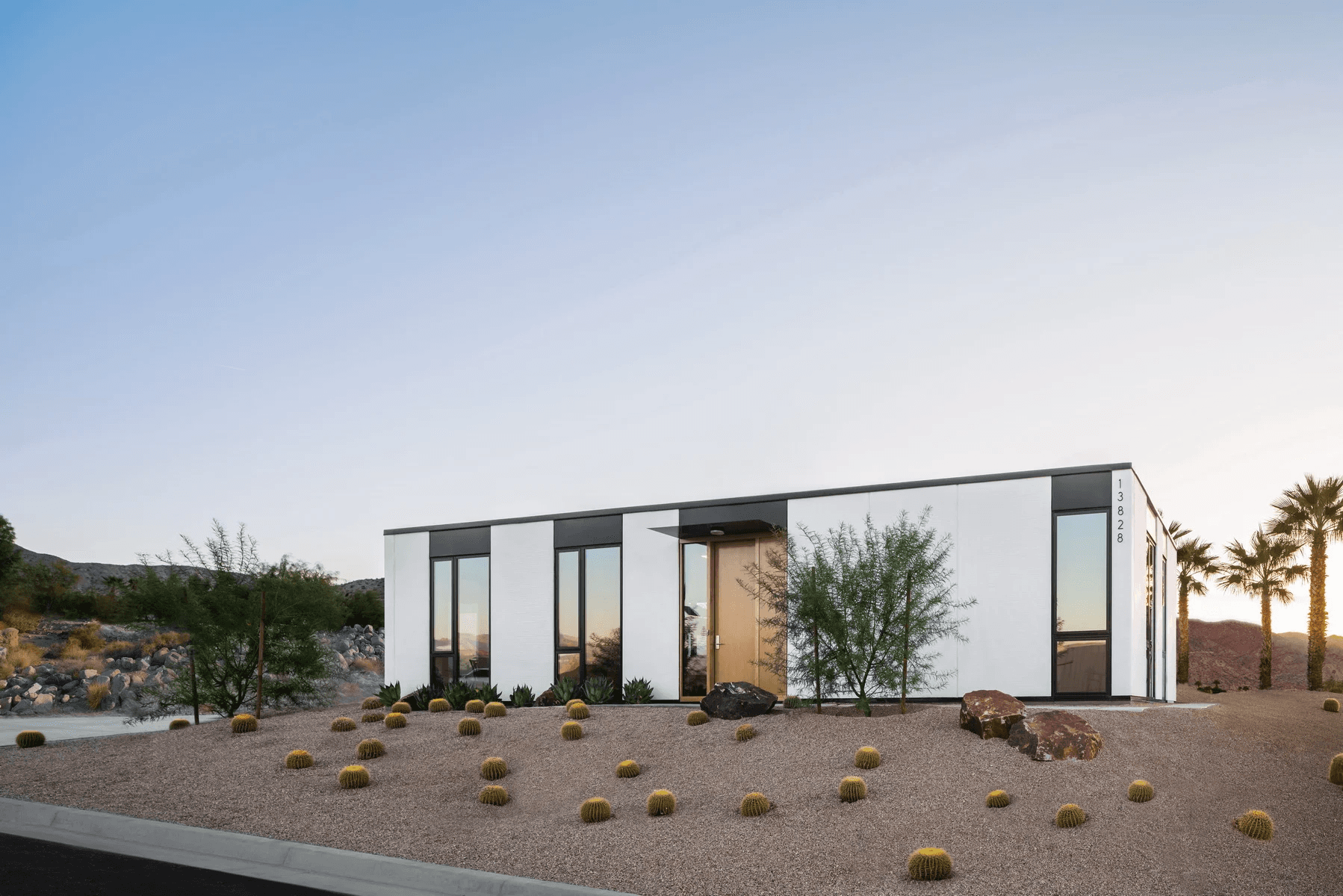
3D Printed Homes: What Are They and Should I Consider One?
If you’ve seen the term 3D printed homes popping up and found yourself wondering what on earth they are — you’re not alone. Sleek, sustainable, and surprisingly speedy, these homes are shaking up the way we build, buy, and think about housing. But what exactly is a 3D printed home, how does it work, and is it worth considering? Let’s take a closer look.
What Is a 3D Printed Home?
In short: it’s a house built by a massive 3D printer - just like those desktop models that can print little trinkets, but super-sized, and instead of plastic, they’re laying down layers of concrete, composite mixes, or other fast-setting materials.
The process starts with a digital blueprint (called a CAD model) where architects and engineers can design everything from the home’s layout to its wall thickness and curves. Once that’s been decided, the printer is prepped, materials loaded, and the printing begins!
The machine prints the structure layer by layer, starting with the foundation and working its way up to walls and architectural features. Think of it like icing a cake — carefully layered, step by step — except the icing is concrete, and the end result is a fully formed home.
How Does It Work?
1. Designing the Blueprint: A customised CAD model is created based on the homeowner’s needs — this is essentially the home’s DNA.
2. Prepping the Printer: A large, crane-like or robotic printer is brought to the site, filled with building material (usually a concrete mix), and set up so it knows exactly where and how to build.
3. Printing Begins: The printer follows a digital plan and squeezes out the building material in layers, which harden quickly to form the walls and structure.
4. Adding the Finishing Touches: Doors, windows, roofing, plumbing, and electrical systems are installed using traditional construction methods. So while your walls might be printed, your taps still need a plumber.
Why People Are Talking About It
1. Built in a Fraction of the Time
Traditional builds can take months—sometimes longer. With 3D printing, a home can be completed in days or just a few weeks. It’s a faster, more streamlined process that changes what’s possible.
2. Lower Costs, Less Waste
With fewer hands on-site and minimal material waste, 3D printed homes can reduce construction costs by up to 30–50%. In a market where affordability is a growing concern, that’s an enormous game changer when it comes to budgeting for your new home!
3. Designed with Sustainability in Mind
3D printing is inherently efficient. It uses only what’s needed and often incorporates recycled or low-impact materials. It's a great step toward building more responsibly without compromising on quality.
4. More Design Flexibility
3D printing makes it possible to create shapes and layouts that are often difficult or costly to build using traditional methods — like curved walls or open, flowing spaces. Features that once came with a premium are now much more accessible.
The Downside of 3D Printed Homes
- Limited Materials: Right now, most printers use variations of concrete. Wood, brick, or other finishes aren’t quite there yet.
- Regulatory Red Tape: Building codes haven’t fully caught up to the tech, so navigating approvals can be tricky.
- Upfront Tech Costs: The printers and equipment don’t come cheap, which means accessing the technology is not simple.
- Skilled Labor Still Required: You might need fewer tradies on-site, but you still need trained technicians and operators to run the machines and oversee construction.
While 3D printed homes haven’t really taken off in Perth just yet, things are starting to move. Australian tech company Contec is trialling a single-storey build in Tapping, using WA’s first wall-building robot. According to Contec, the system can construct the walls of a standard home up to five times faster than traditional bricklaying — which could have a big impact on how we approach building locally. It’s the first project of its kind in WA, but chances are, it won’t be the last.
If you're thinking ahead, value sustainability, or just curious about new ways to build, 3D printed homes are worth exploring. They offer real potential to make housing more affordable, efficient, and environmentally conscious. While the technology is still developing and access varies, it’s an exciting shift in the way we build — and we’re excited to see how it all unfolds in the coming years.